Why do we use herbs in our food?
Herbs have been used for flavor and aroma but there is more to it…
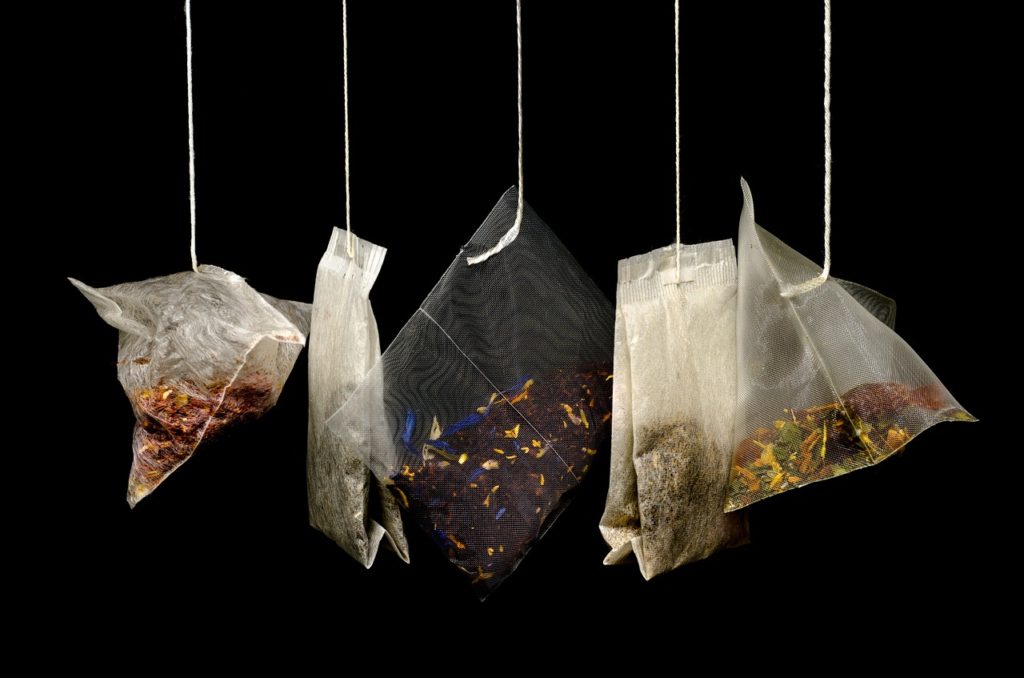
Herbs and Spices
There are reasons why herbs have been used in cooking for thousands of years. Practicing the art of eating within the season.
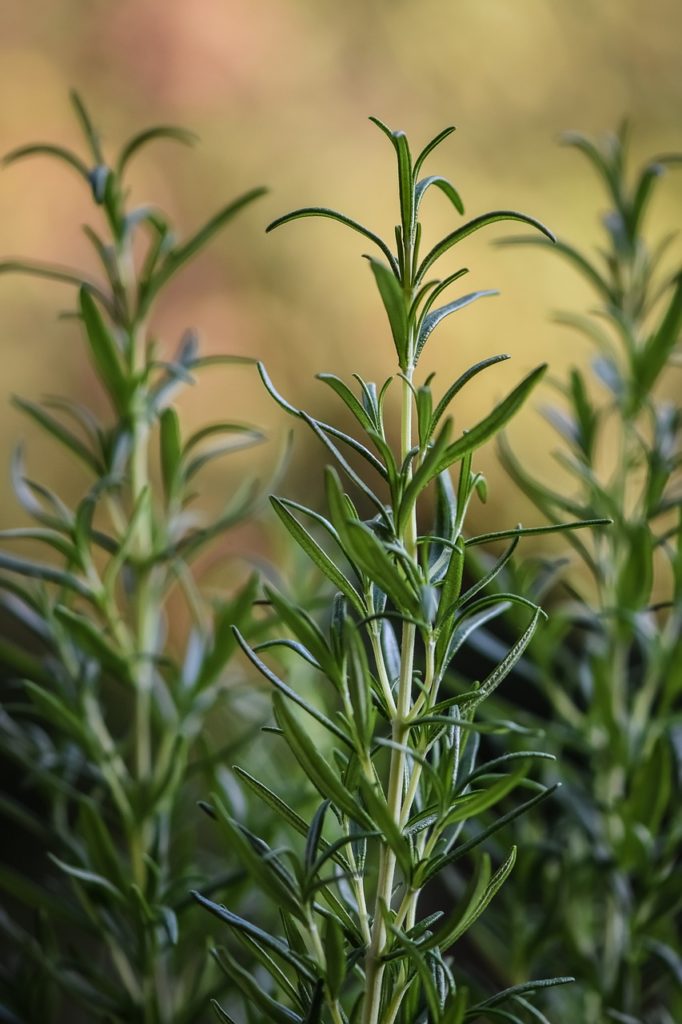
1. ROSEMARY
Rosemary is deemed as a natural preservative. Years ago, when there was no means of refrigeration, hunters and gatherers had no means of preserving their meat, they use rosemary.
Wrapping meats in rosemary leaves helped preserve the meat and impart a fresh aroma and pleasing flavor to it.
Why does meat go bad?
Meat spoil because their fats oxidize and turn rancid. Rosemary contains oils that are potent antioxidants comparable to the commercial food preservative BHT and BHA, without its toxic effects.
Antioxidant properties of Rosemary
Researchers at Pennsylvania State University added powdered leaves of rosemary to the food for laboratory animals and injected them with chemicals to cause cancer. They found that those treated with rosemary were protected than those that ate plain food, thanks to its antioxidant properties.
Other reasons why we use Rosemary
As early as 1898, a text from The King’s American Dispensary notes that rosemary helps in indigestion. Commission E also approves rosemary as a treatment for indigestion due to its antispasmodic action as it relaxes the smooth muscle that lines the digestive tract. Herbalists believe that rosemary stimulate the digestive, circulatory and nervous systems. It is also recommended as a gargle for bad breath.
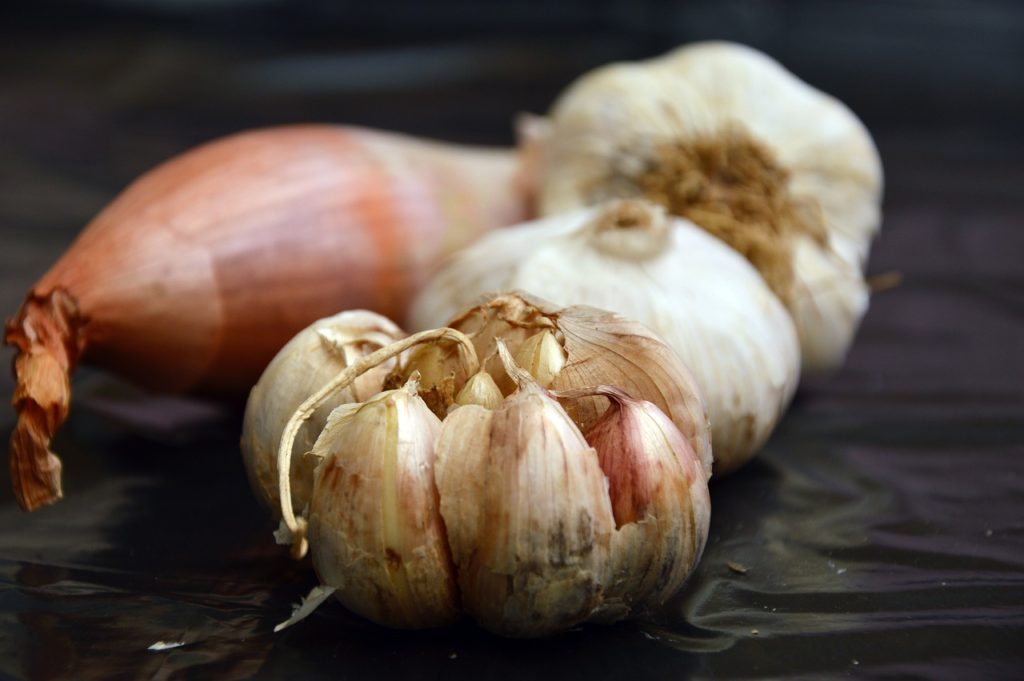
2. GARLIC
Garlic has shown antibacterial and anti protozoan abilities, like Entamoeba histolytica, causing amebic dysentery in World War 1. Its broad spectrum antibiotic compound allicin is used for salmonella food poisoning. Garlic is widely used for its flavor and aroma not for its antihelminthic properties against common intestinal parasites including Ascaris lumbricoides (roundworm) and hookworm.
Unknowingly using it for meat dishes, stuffing turkey with onions and garlic or sauteeing beef and pork dishes in garlic.
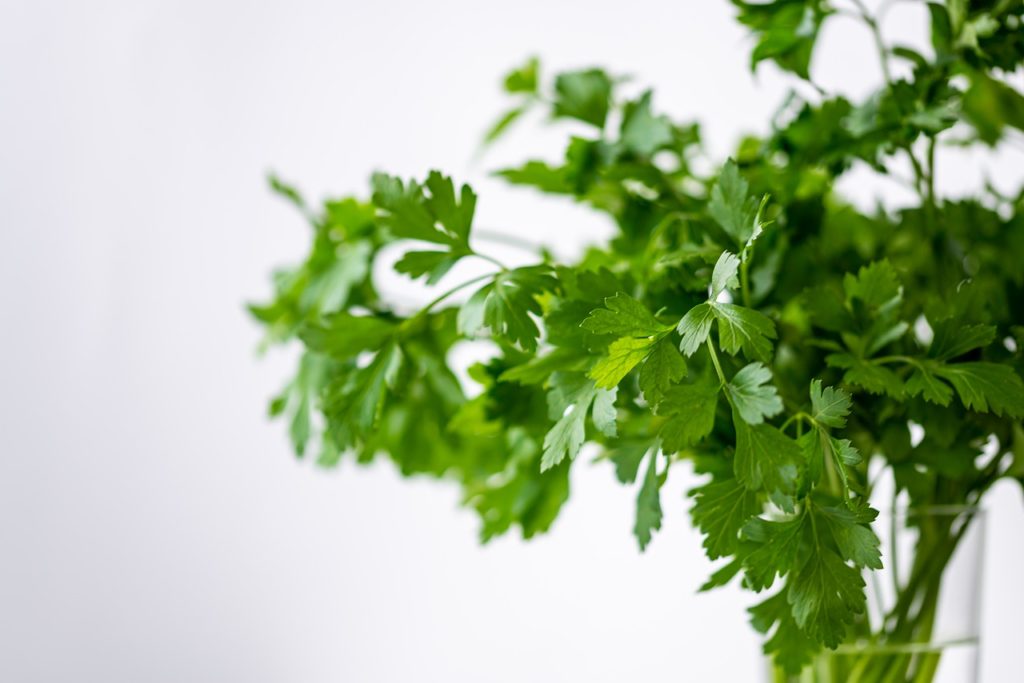
3. PARSLEY
Known to provide aesthetics in a dish, often used as a garnish, adorning plates and not usually eaten. The Romans chewed in parsley to freshen their breath. Very rich in chlorophyll, the chemical properties of the plant is used as an ingredient in breath fresheners like Clorets. Also acts as a laxative due to its oils, namely apiol and myristicin, as documented in the U.U. Pharmacopeia, a standard drug reference.
4. GINGER
Ancient Indians use ginger in cooking, food preservation and indigestion. They ate a lot to make them smell sweet and pleasing to their dieties. Pen Tsao Ching in China also believe that fresh ginger helps eliminate body odor.
Overtime, women started taking ginger for for menstrual discomfort but it was the pregnant women that found its usefulness for morning sickness. Then Chinese sailors chewed on ginger root to prevent seasickness and used it as an antidote for shellfish poisoning. Thus ginger became a common seasoning for seafood dishes.
Greek traders learned from Asian practice the effects of ginger for nausea and indigestion after a meal that they started to wrap ginger in sweetened bread and ate it to settle their stomach. This led to the creation of the first gingerbread cookie.
Ginger was then introduced in England and was added into drinks to soothe their stomach. They fermented ginger beer and ale which is now enjoyed to aid in nausea, vomiting and diarrhea.
Ginger is a gastrointestinal anti spasmodic as it soothes the muscles that line the intestines. It also contain some compounds similar to digestive enzymes that help break down protein and is approved by the Commission E to prevent and treat indigestion.
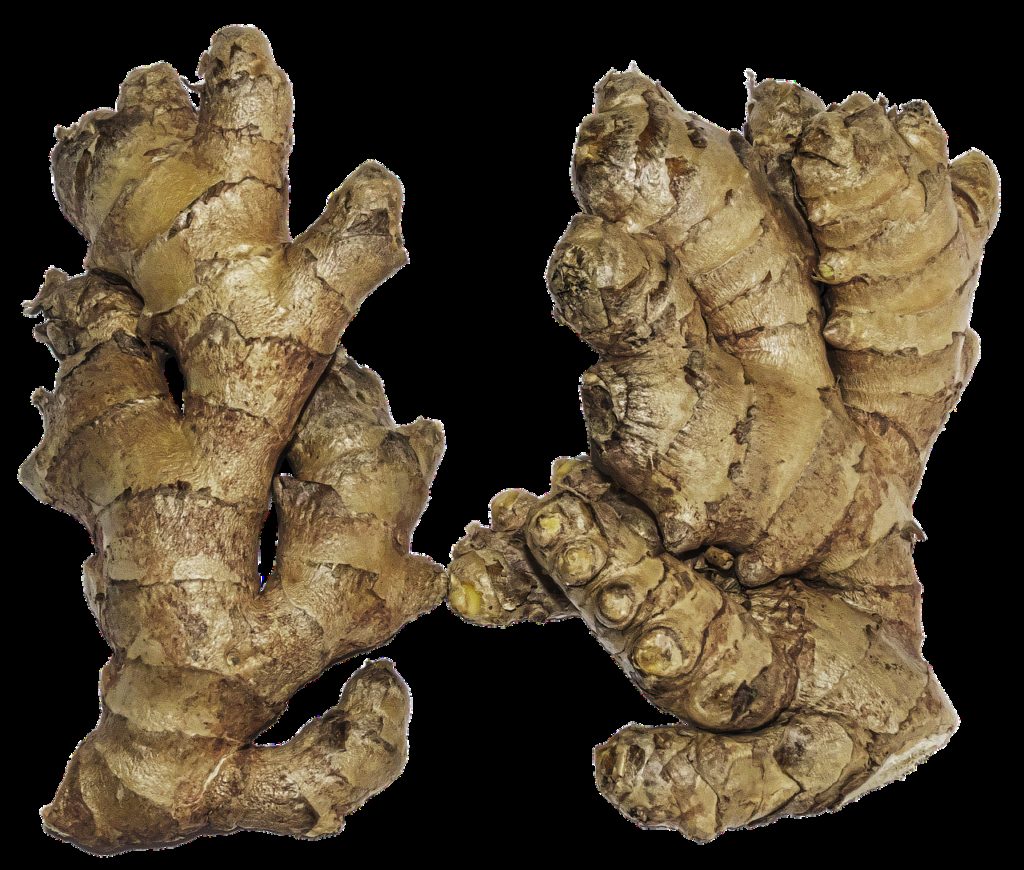
5. CINNAMON
In 17th century, Europeans used cinnamon to mask the bitterness of other herbs. Later in 19th century, naturopaths used it for stomach cramps, flatulence, nausea and vomiting, bloating, diarrhea and digestion. Modern herbalists and the german Commission E endorses cinnamon for the same use.
Cinnamon complements high fat desserts, a study done by The British Journal Nature, then found a digestive enzyme trypsin that promotes the breakdown of fats in the digestive system. Some say that it is used in desserts to slow down the absorption of sugar aiding in sugar spikes.
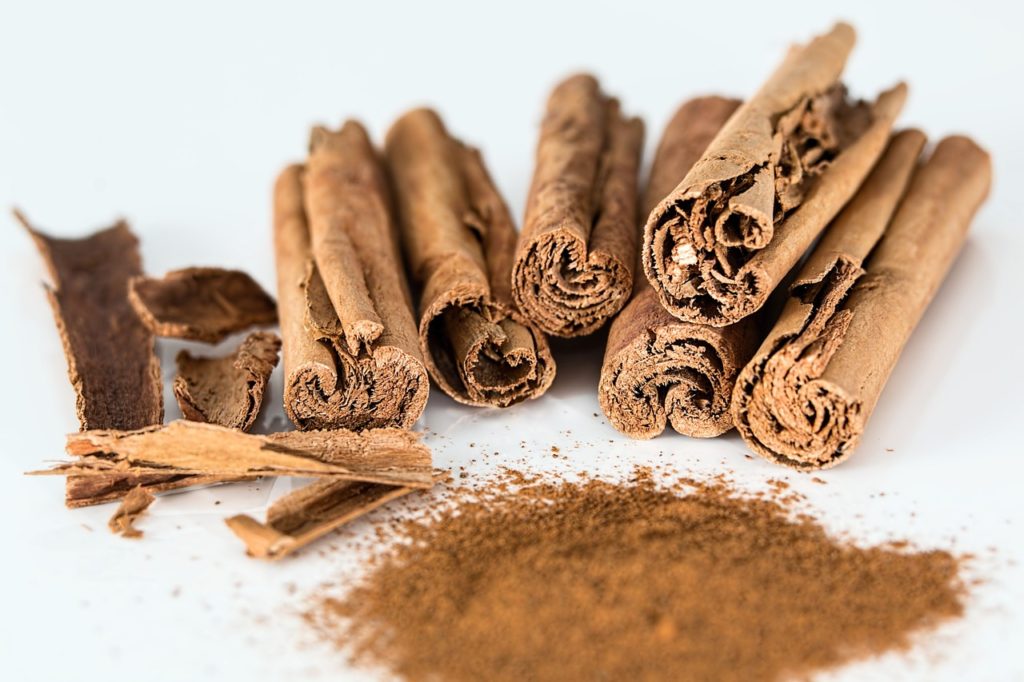
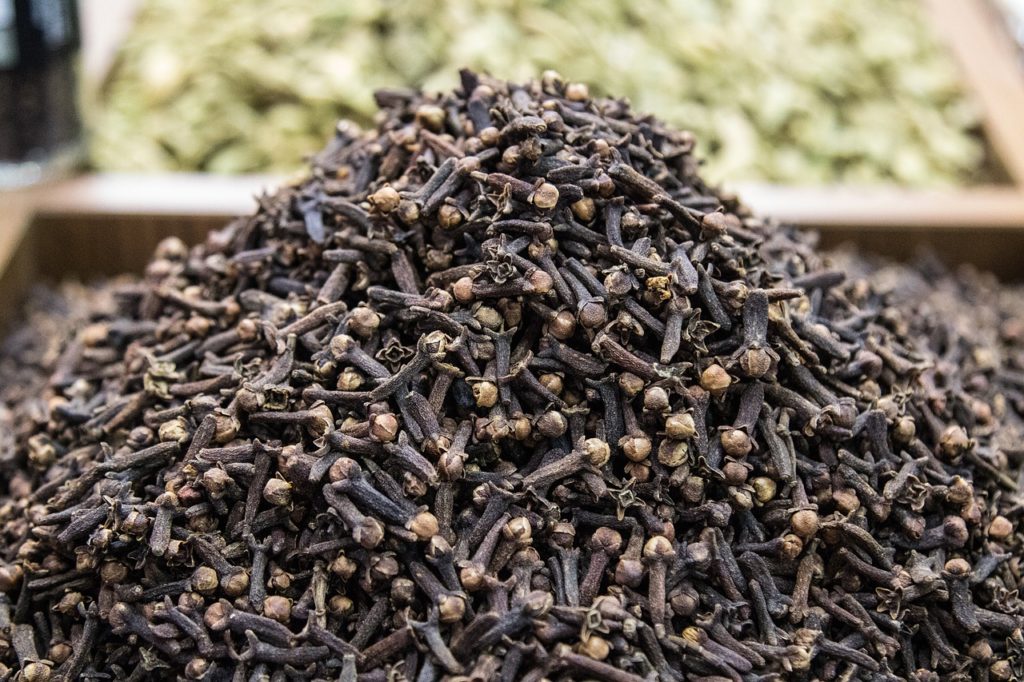
6. CLOVE
Ferdinand Magellan, when he travelled to Asia, prized clove as a treatment for indigestion, flatulence, nausea, vomiting, diarrhea, parasitic infestations and toothache. Clove contains 60 to 90% eugenol which is an antiseptic and anesthetic. It is a digestive culinary spice that helps relax the smooth muscle lining of the digestive tract.
Traditional way of cooking ham is stuffing it with cloves. It is both for its aromatic, antimicrobial and anti parasitic properties. Clove kills intestinal parasites, intestinal worms especially ringworm.
In cooking, whole cloves are used and only small amounts of clove oil can be used for food, drinks and toothpaste as it has toxic limits.
7. COCOA
Cocoa has compounds that support good digestion. It is full of antioxidants like vitamin C and the mineral selenium that prevent cell damage. Researchers in the University of California at Davis and the National Institutes of Public Health and Environment in Netherlands found that cocoa is full of flavonoids and catechins. These antioxidants actually help inhibit the growth of bacteria that cause tooth decay. It is the additives that makes cocoa into a chocolate that gives its bad reputation.
It was once a sensationalized finding that chocolate contains a compound called phenylethylamine (PEA) which is an antidepressant similar to amphetamine. This was marked the use of chocolates during courtship and Valentines’ day, a boost of PEA to heighten the feeling of love. Or, eating a lot of chocolates to heal a heartbreak.
Theobromine in cocoa relaxes the smooth muscle lining of the digestive tract. This chemical is related to theophylline, the main ingredient in cough medicines that opens up bronchial passageways during asthma attacks. Cocoa is also rich in caffeine, 10 to 20 percent more than coffee and also contributes to its decongestant effects.
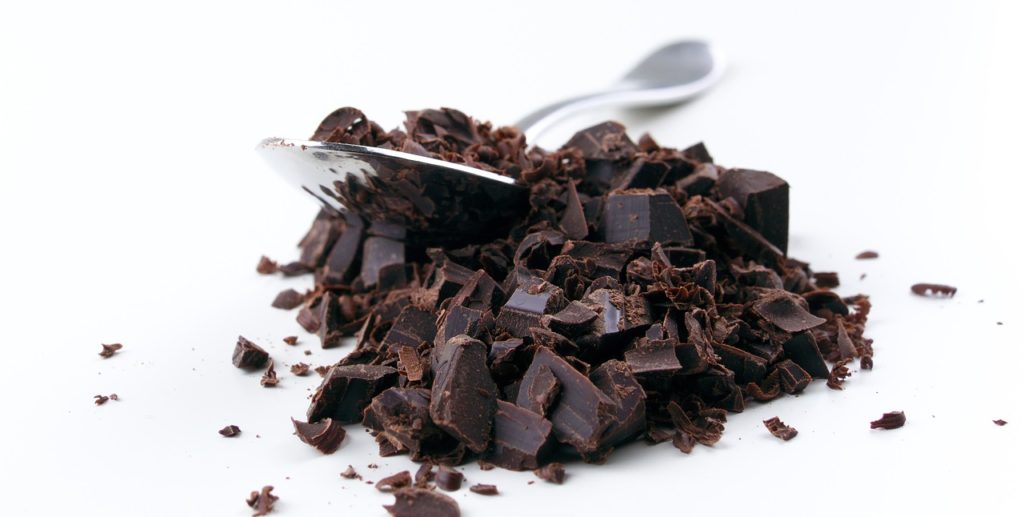
8. PEPPERMINT
Mints have been used by the ancient Egyptian, Greek, and Roman era for intestinal colic. It contains a volatile oilcalled terpenoid and 29% menthol, 31% menthone and 3% menthyl acetate. These oils have a carminative and choleretic properties when used in eating.
Carminative effects promote the elimination of gas by the relaxation of the esophaeal sphincter that leads to the release of gas pressure in the stomach. Its antispasmodic action can be due to its mechanism of blocking calcium influx into the muscle cell, thus inhibiting smooth muscle contraction.
Peppermint is a choleretic herb as it stimulates the flow of bile due to its oils.
These oils are enjoyed both as a flavoring and its therapeutic effects especially in antacid products and irritant laxatives. Mints are offered in the form of a leaf or candy in restaurant dishes to help with halitosis or bad breath ( form chronic constipation and sluggish intestinal sysytem) due to its chlorophyll and refreshing properties.
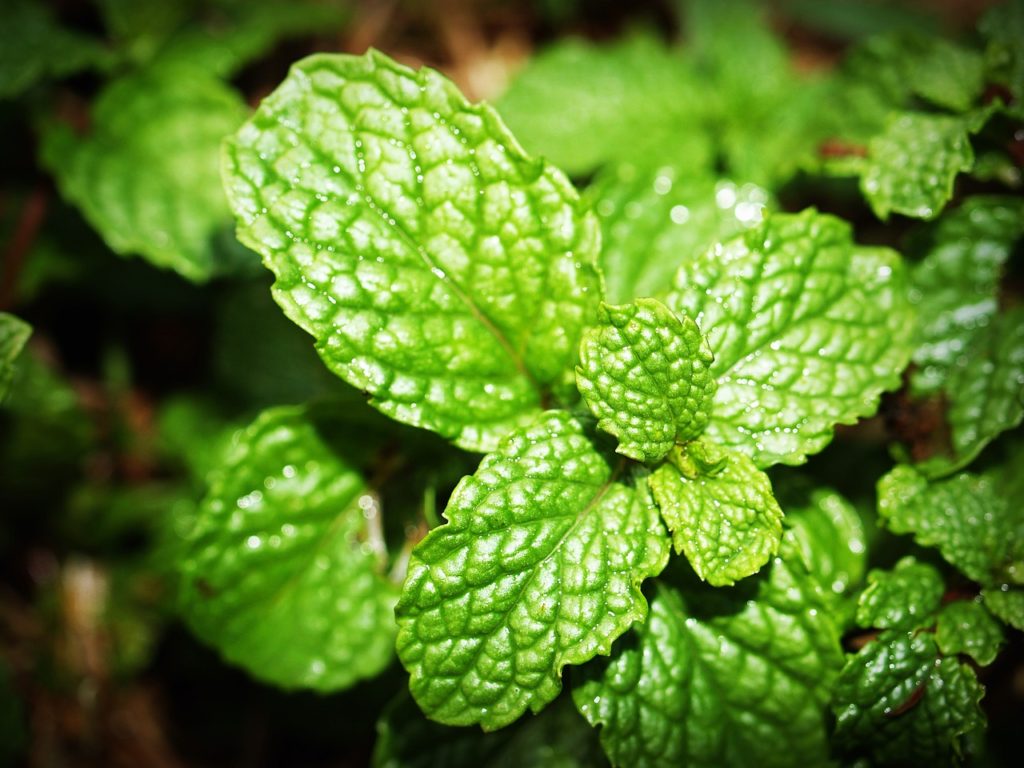
9. PINEAPPLE
Pineapples have been used in meat tenderizers due to its several active protein digestive enzymes. The major component is bromelain, which can break down protein gelatin and casein protein in milk and cream. That is why pineapples are cooked first before adding to dishes. The bromelain is highest in the core and its acidity doubles from the core to the surface.
Bromelain is a substitute for trypsin or pepsin in those with pancreatic insufficiency because of its ability to remain active over a wide range of pH in the stomach and small intestine. Plus, the combination of bromelain with pancreatin and ox bile has been effective in treating pancreatic insufficiency.

Resources:
The New Healing Herbs by Michael Castleman
The Healing Power of Herbs by Michael T. Murray
The How to Herb Book by Velma J. Keith and Monteen Gordon
Medical Herbalism by David Hoffman